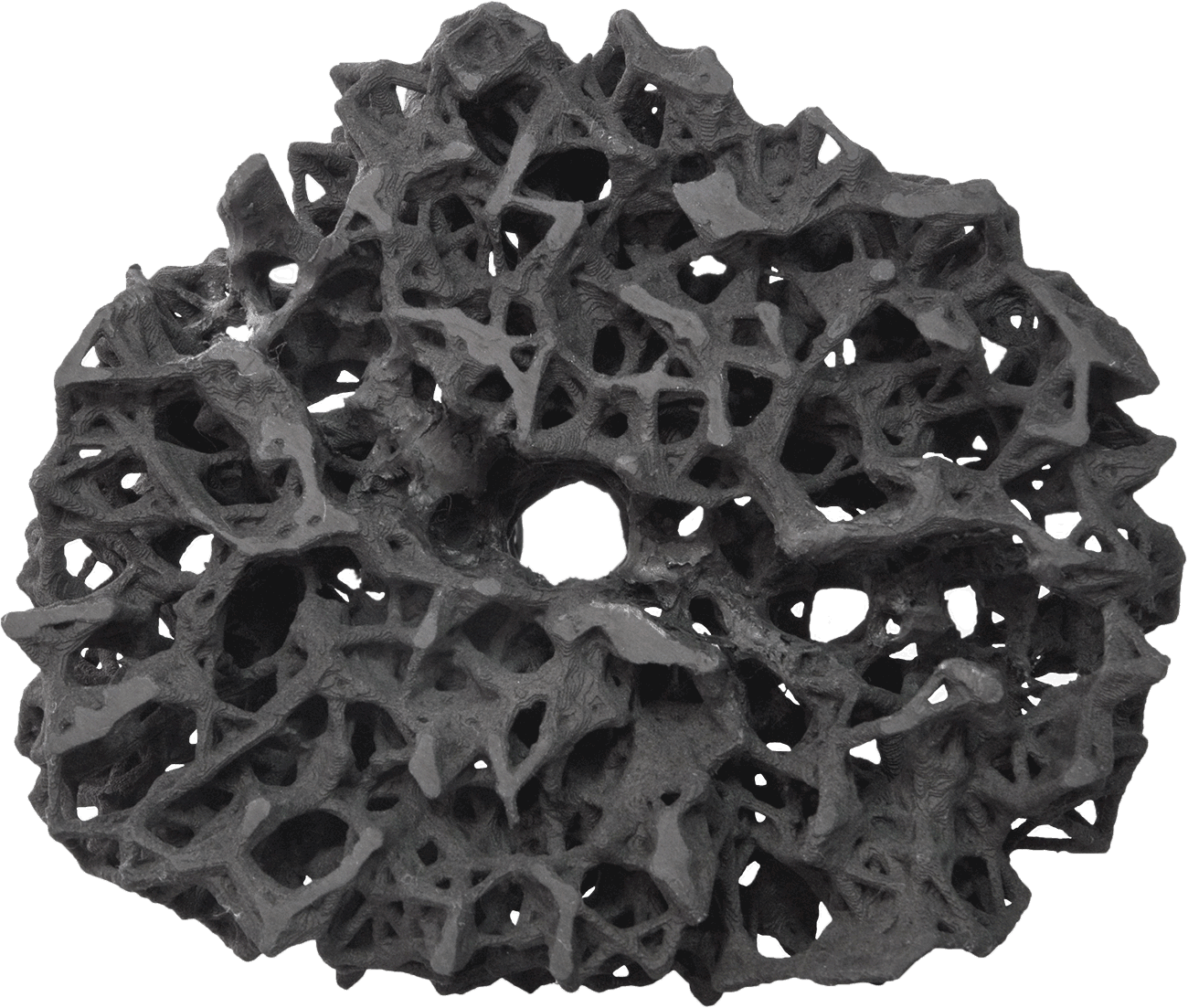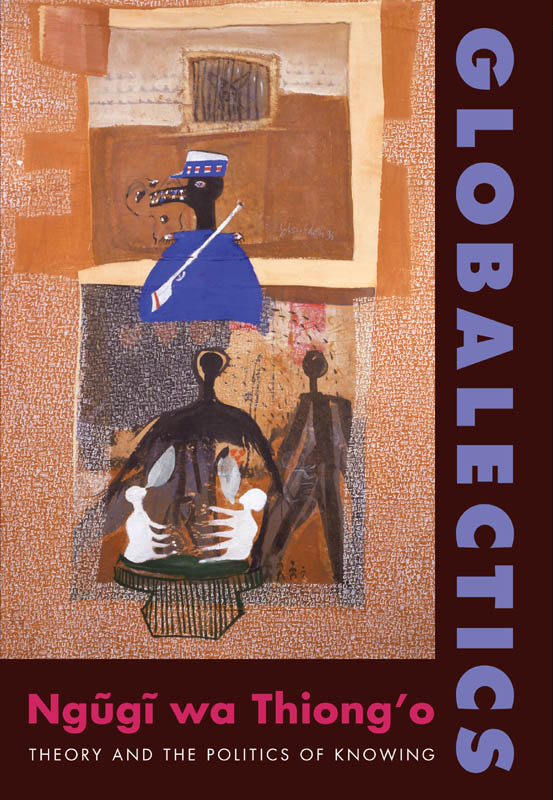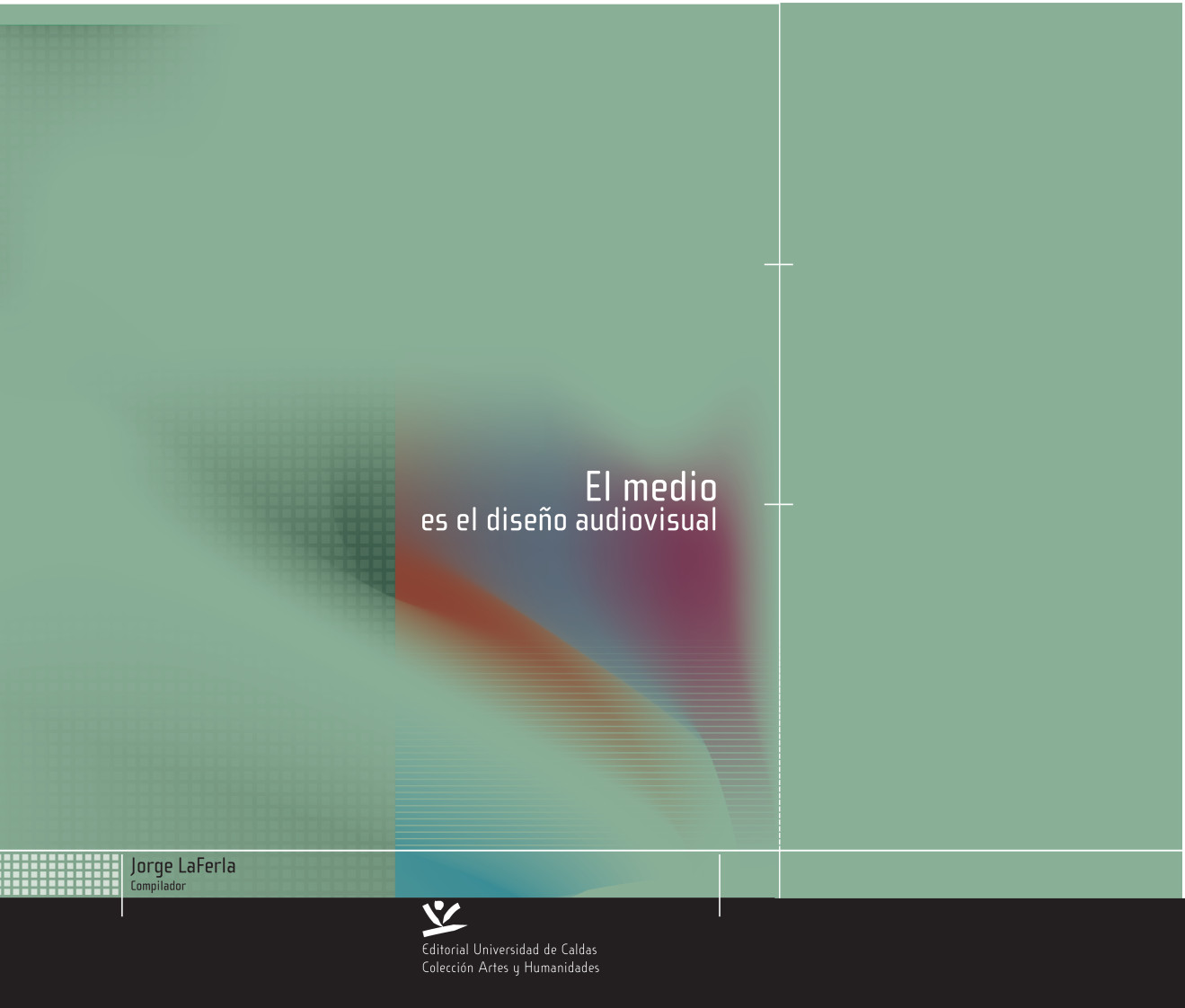Technosphere Magazine (2016-2019)
Filed under dossier, magazine | Tags: · anthropocene, anthropotechnics, creolization, earth, environment, human, infrastructure, technology, technosphere, theory

“Exploring the amorphous fabric of technologies, environments, and humans shaping Earth’s critical future.
The technosphere is the defining matrix and main driver behind the ongoing transition of this planet into the new geological epoch of humankind, the Anthropocene. Stemming from the ubiquity of human culture and global technologies, it forms a new and highly dynamic component of the Earth system, amorphous in its gestalt yet powerful in altering the history of this planet and the conditions for life on it. Mobilizing and transforming massive amounts of materials and energy, it is comparable in scale and function to other terrestrial spheres such as the bio- and hydrosphere, with which it connects and intersects. Put differently, it constitutes a form of a higher ecology generated by the cumulative interweaving of technologies and natural environments to the point where both become inseparable.
Manifest since at least the mid-twentieth century with the onset of the “Great Acceleration,” the technosphere has now reached an enormous, not yet determinate potential to alter the surface of the Earth as well as its great depths – from the orbital level to the deep sea. Owing to the capability of a single species to actuate technics that radically transform our planet, the technosphere thus represents a steep rupture and a qualitative shift in the way our planet has functioned for millions of years. How does the technosphere operate? How does it reorganize and re-functionalize the physicality and chemistry of living and non-living matter? And how does it change the ways we perceive the world?”
“Technosphere Magazine maps out specific dimensions, condensations, aggregations, “apparatuses,” problematics, conflict zones, ruptures, and operational failures, through and by which the technosphere becomes visible.” (from Editorial)
Editors-in-chief: Katrin Klingan, Christoph Rosol
Editorial team: Anujah Fernando, Ana María Guzmán Olmos, Nick Houde, Anna Luhn, Christoph Rosol, Johanna Schindler, Mira Witte
Illustrations: Nina Jäger
Publisher Haus der Kulturen der Welt (HKW), Berlin, 2016-2019
Open access
HTML
Dossiers: Anthropotechnics, Arctic, Borders, Creolized Technologies, Earth, Human, Infrastructure, Land & Sea, Machine Listening, Materials, Metabolic Systems, Phosphorus, Risk Equipment, Spheres, Substances, Trauma, Trust (HTML, updated on 2019-5-30)
Ngũgĩ wa Thiong’o: Globalectics: Theory and the Politics of Knowing (2012)
Filed under book | Tags: · africa, dialectic, globalisation, knowledge, literary criticism, literary theory, literature, neocolonialism, orality, politics, postcolonialism, theory

“A masterful writer working in many genres, Ngũgĩ wa Thiong’o entered the East African literary scene in 1962 with the performance of his first major play, The Black Hermit, at the National Theatre in Uganda. In 1977 he was imprisoned after his most controversial work, Ngaahika Ndeenda (I Will Marry When I Want), produced in Nairobi, sharply criticized the injustices of Kenyan society and unequivocally championed the causes of ordinary citizens. Following his release, Ngũgĩ decided to write only in his native Gikuyu, communicating with Kenyans in one of the many languages of their daily lives, and today he is known as one of the most outspoken intellectuals working in postcolonial theory and the global postcolonial movement.
In this volume, Ngũgĩ wa Thiong’o summarizes and develops a cross-section of the issues he has grappled with in his work, which deploys a strategy of imagery, language, folklore, and character to ‘decolonize the mind.’ Ngũgĩ confronts the politics of language in African writing; the problem of linguistic imperialism and literature’s ability to resist it; the difficult balance between orality, or ‘orature’, and writing, or ‘literature’; the tension between national and world literature; and the role of the literary curriculum in both reaffirming and undermining the dominance of the Western canon. Throughout, he engages a range of philosophers and theorists writing on power and postcolonial creativity, including Hegel, Marx, Lévi-Strauss, and Aimé Césaire. Yet his explorations remain grounded in his own experiences with literature (and orature) and reworks the difficult dialectics of theory into richly evocative prose.”
Publisher Columbia University Press, New York, 2012
Wellek Library Lectures in Critical Theory series
ISBN 9780231159500, 0231159501
xi+104 pages
Reviews: Publishers Weekly (2011), Corbin Treacy (Transnational Lit, 2012), Danson Kahyana (Slip, 2012), Geoff Wisner (Words Without Borders, 2012), M.A. Orthofer (Complete Rev, 2012), Jenna N. Hanchey (E3W Rev of Books, 2013), Devin Zane Shaw (Society+Space, 2013), Magalí Armillas-Tiseyra (E-Misférica, 2014), Oliver Lovesey (Cambridge J Postcolonial Lit Inquiry, 2014), Ndiritu Wahome (2016).
Comment (0)El medio es el diseño audiovisual (2007) [Spanish]
Filed under book | Tags: · art history, audiovisual, cinema, film, media, media art, technology, theory, video

“La Colección Editorial en Diseño Visual de la Facultad de Artes y Humanidades, es un proyecto propuesto por la Cátedra La Feria de la Universidad de Buenos Aires y producido por la IMAGOTECA, Centro de Documentación Visual, de la Universidad de Caldas. Su objeto es difundir el conocimiento en torno a las relaciones entre imágenes técnicas y lenguajes audiovisuales, el entrecruzamiento de la historia de los medios, los soportes y las tecnologías, y, por último, las prácticas de la creación y el diseño con medios audiovisuales. El propósito final es la difusión democrática del conocimiento en diseño y nuevos medios, en el contexto colombiano, donde la producción editorial en este campo es limitada.”
Autores: Roy Ascott, Hernando Barragán, Xavier Berenguer, Pierre Bongiovanni, Norbert Bolz, Rejane Cantoni, Walter Castañeda, Ricardo Cedeño, Michel Chion, Jean-Louis Comolli, Myriam Luisa Díaz, Philippe Dubois, Anne-Marie Duguet, Mauricio Duran Castro, Umberto Eco, Jean-Paul Fargier, Priscila Farías, Claudia Giannetti, Carmen Gil Vrolik, Jean-Luc Godard, Adriana Gómez Alzate, Olier Grau, Iliana Hernández García, Eduardo Kac, Jorge La Ferla, Pierre Lévy, Felipe Cesar Londoño López, Arlindo Machado, Lev Manovich, Christine Melo, Martha Patricia Niño, Nam June Paik, José Ramón Pérez Ornia, Omar Rincón, Nils Roller, Eduardo Russo, Carmelo Saitta, Lucia Santaella, María Teresa Santoro, Paula Sibilia, Bill Viola, Paul Virilio, Peter Weibel, Gerardo Yoel, Gene Youngblood, Siegfried Zielinski.
Edited by Jorge La Ferla
Publisher Universidad de Caldas, Manizales, Colombia, and Universidad de Buenos Aires, Buenos Aires, 2007
ISBN 9789588319056, 9588319056
700 pages
via editor
PDF (12 MB)
Academia.edu

